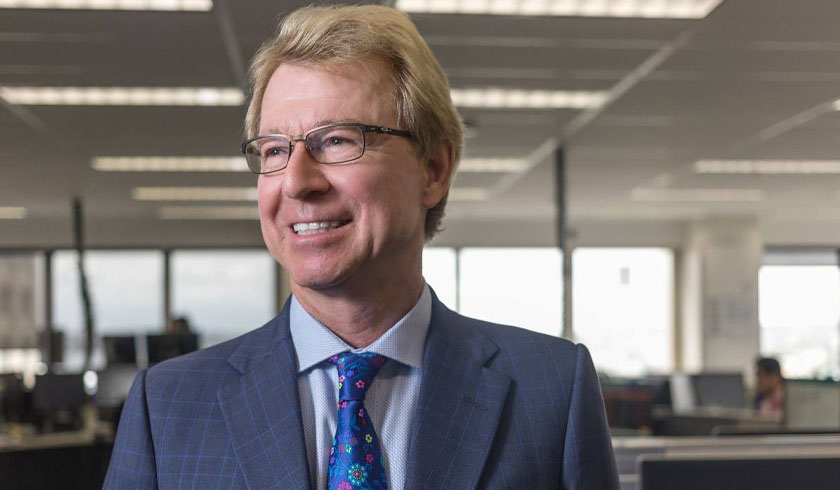Rates heading to 0.25% despite ‘upbeat’ RBA
The Reserve Bank remains on track to cut the cash rate twice in the coming months, despite singing a “more upbeat” tune in its statement on monetary policy, according to a senior economist.

On Tuesday (5 November), the Reserve Bank of Australia (RBA) held the official cash rate at 0.75 per cent, in line with market expectations amid positive inflation and labour market indicators.
According to the Australian Bureau of Statistics’ (ABS) latest Labour Force data, the unemployment rate fell to 5.2 per cent in September, despite expected inertia.
Meanwhile, the latest consumer price index reported headline inflation of 0.5 per cent over the September quarter – in line with expectations.
AMP Capital’s chief economist, Shane Oliver, said he wasn’t surprised by the RBA’s decision, adding that the monetary policy board’s post-meeting statement reflected a shift in the central bank’s tone.
“The post-meeting statement was a little bit more upbeat, referring to a scaling back in market expectations for interest rate cuts globally, a ‘gentle turning’ point in the local economy, expectations for growth to pick up to 3 per cent by 2021, recent inflation data being broadly as expected, and further signs of a turnaround in the established housing market,” he said.
Mr Oliver added that apart from “feeling a bit more upbeat”, the RBA may also have decided to pause its easing strategy to give tax and rate cuts “more time to work”.
However, the AMP economist noted that despite expecting GDP growth to pick up to 3 per cent in 2021, the RBA has downgraded its growth expectations for 2019 to 2.25 per cent, down from 2.5 per cent in August and from 3.25 per cent a year ago.
In its statement on monetary policy, the RBA has also reiterated that it is “prepared to ease monetary policy further if needed to support sustainable growth in the economy, full employment and the achievement of the inflation target over time”.
According to Mr Oliver, this suggests that further rate cuts are on the way if the central bank hopes to reduce the unemployment rate to between 3.5-4 per cent.
“[We] remain of the view that further RBA monetary easing will be required and is likely,” he said.
“Growth is still likely to remain subdued and below trend for longer than the RBA is allowing. This will keep unemployment higher for longer and wages growth and inflation below target for longer.
“Consequently, more easing will be required to achieve full employment and clear progress to the inflation target.”
He continued: “What’s more, inflation has been running below target for more than four years now, and the longer this is allowed to persist, the more the inflation target will lose credibility and won’t be the strong nominal anchor that people can rely on when making their decisions that governor [Philip] Lowe has stated the board is seeking to provide.”
As a result, the AMP economist said he expects two rate cuts in the coming months that could be accompanied by quantitative easing, particularly in light of the federal government’s reluctance to provide the economy with fiscal stimulus.
“We continue to see the cash rate being cut to a low of 0.25 per cent in December and February, but this could also come with quantitative easing measures designed to lower bank funding costs and increase the banks’ pass through of rate cuts to borrowers,” he said.

